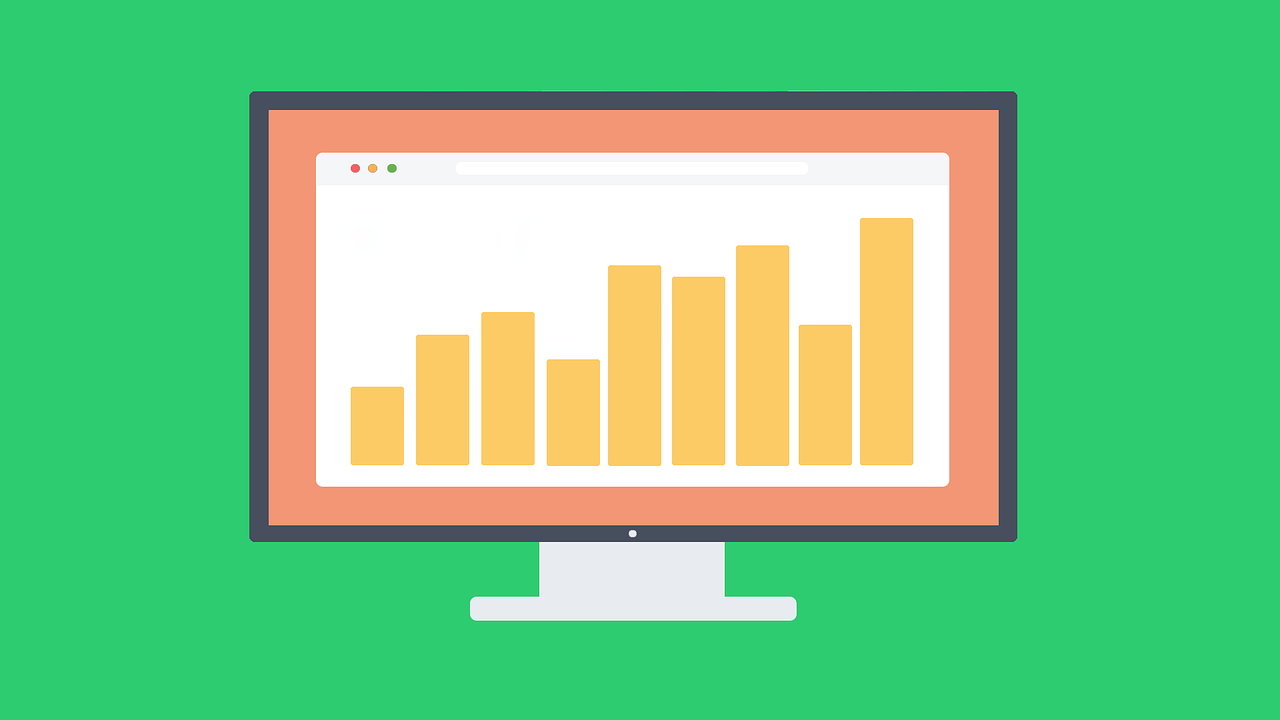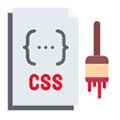In today’s fast-paced digital landscape, website load speed has become a critical factor in determining the success of online platforms. A swift-loading website not only enhances user experience but also plays a pivotal role in search engine optimization (SEO) and overall business performance. This comprehensive guide delves into the strategies and techniques to optimize your website’s load speed, ensuring better user engagement and improved search engine rankings.
Why Website Load Speed Matters
The importance of website load speed cannot be overstated in the current digital ecosystem. It directly influences user satisfaction, engagement metrics, and ultimately, the bottom line of online businesses.
User Experience and Engagement
A website’s load time is often the first interaction a user has with your brand online. Slow-loading pages can significantly impact user perception and behavior, leading to increased bounce rates and decreased conversions.
Impact of load speed on user behavior:
- 47% of users expect a page to load in 2 seconds or less
- 40% of users abandon a website that takes more than 3 seconds to load
- A 1-second delay in page response can result in a 7% reduction in conversions
- 79% of shoppers who are dissatisfied with site performance are less likely to buy from the same site again
- Mobile users are especially sensitive to load times, with 53% abandoning sites that take longer than 3 seconds to load
These statistics underscore the critical nature of optimizing load speed to maintain user engagement and satisfaction.
SEO and Search Engine Rankings
Search engines, particularly Google, have explicitly stated that site speed is a ranking factor. Faster websites are crawled more efficiently, which can lead to better indexing and potentially higher rankings.
| Search Engine | Recommended Page Load Time | Impact on Ranking |
|---|---|---|
| Under 2 seconds | Significant positive impact | |
| Bing | Under 2 seconds | Moderate positive impact |
| Yahoo | Under 3 seconds | Minor positive impact |
Google’s emphasis on user experience metrics, including Core Web Vitals, further highlights the importance of load speed in SEO strategies.
Conducting a Website Speed Test
Before implementing optimization techniques, it’s crucial to establish a baseline for your website’s current performance. Several tools are available to measure and analyze your site’s load speed.
Popular Speed Testing Tools
- Google PageSpeed Insights: Offers both mobile and desktop speed scores, along with optimization suggestions.
- GTmetrix: Provides detailed performance reports and recommendations for improvement.
- Pingdom: Offers a user-friendly interface and location-based testing options.
- WebPageTest: Allows for advanced testing scenarios and detailed waterfall analysis.
Each of these tools offers unique features and insights, making them valuable for different aspects of performance analysis.
Interpreting Speed Test Results
Understanding the metrics provided by speed tests is crucial for identifying areas of improvement.
| Metric | Description | Target Value |
|---|---|---|
| First Contentful Paint (FCP) | Time when the first content element is rendered | < 1.8 seconds |
| Time to Interactive (TTI) | Time when the page becomes fully interactive | < 3.8 seconds |
| Largest Contentful Paint (LCP) | Time when the largest content element is rendered | < 2.5 seconds |
| Total Blocking Time (TBT) | Sum of all time periods between FCP and TTI | < 300 milliseconds |
| Cumulative Layout Shift (CLS) | Measure of visual stability | < 0.1 |
These metrics, particularly those included in Google’s Core Web Vitals, provide a comprehensive view of your website’s performance from a user’s perspective.
Optimizing Images and Media

Image optimization is often one of the most impactful steps in improving website load speed. Large, unoptimized images can significantly slow down page load times, especially on mobile devices.
Image Compression Techniques
Effective image compression reduces file size without noticeably degrading visual quality. Several techniques and tools can be employed:
- Lossy compression: Reduces file size by removing some image data.
- Lossless compression: Reduces file size without losing image quality.
- Responsive images: Serve different image sizes based on the user’s device.
- Lazy loading: Load images only as they enter the viewport.
Popular image compression tools include:
- Adobe Photoshop
- TinyPNG
- Squoosh
- ImageOptim
- WordPress plugins like Smush or ShortPixel
Using the Correct Image Formats
Choosing the right image format can significantly impact file size and quality.
| Format | Best Use Cases | Pros | Cons |
|---|---|---|---|
| JPEG | Photographs, complex images | Small file size, wide support | Lossy compression |
| PNG | Images with transparency | Lossless, supports transparency | Larger file size than JPEG |
| WebP | Modern alternative to JPEG and PNG | Smaller file size, supports transparency | Limited browser support |
| SVG | Logos, icons, simple graphics | Scalable, small file size | Not suitable for complex images |
Utilizing next-gen formats like WebP can provide significant performance improvements, with Google reporting an average of 30% smaller file sizes compared to JPEG.
Leveraging Browser Caching
Browser caching allows the storage of static files on a user’s device, significantly reducing load times for returning visitors.
Setting Up Browser Caching
Implementing browser caching involves setting appropriate cache-control headers for different types of content:
- Set Expires headers for static resources.
- Use Cache-Control headers to specify max-age and public/private caching.
- Implement ETag headers for efficient cache validation.
- Configure Last-Modified headers for time-based cache validation.
Best practices for cache expiration times:
- HTML files: 0 minutes (no caching) or very short duration
- CSS and JavaScript files: 1 year
- Images and media files: 1 month to 1 year
- Fonts: 1 year
Benefits of Browser Caching
Effective caching can dramatically improve load times for repeat visitors.
| Metric | Without Caching | With Caching | Improvement |
|---|---|---|---|
| Page Load Time | 3.2 seconds | 1.1 seconds | 65.6% |
| Time to First Byte | 520 ms | 120 ms | 76.9% |
| Total Page Size | 2.3 MB | 0.5 MB | 78.3% |
These improvements not only enhance user experience but also reduce server load and bandwidth usage.
Minimizing HTTP Requests

Reducing the number of HTTP requests is crucial for improving load times, especially on mobile networks with higher latency.
Combining CSS and JavaScript Files
Consolidating CSS and JavaScript files reduces the number of requests the browser needs to make:
- Concatenate multiple CSS files into a single file.
- Combine JavaScript files where possible.
- Use CSS sprites to combine multiple images into a single file.
- Implement icon fonts or SVG icons instead of multiple image files.
Tools for file combination and minification:
- Webpack
- Gulp
- UglifyJS
- CSS Nano
Using Asynchronous Loading
Asynchronous loading allows non-critical resources to load without blocking the rendering of the page:
html
Copy
<script src=”script.js” async></script>
<script src=”script.js” defer></script>
| Attribute | Behavior | Best Use Case |
|---|---|---|
| async | Loads in parallel, executes as soon as available | Independent scripts |
| defer | Loads in parallel, executes after HTML parsing | Scripts with dependencies |
Implementing asynchronous loading can significantly reduce the time to interactive (TTI) metric.
Implementing a Content Delivery Network (CDN)
A Content Delivery Network (CDN) distributes your website’s static content across multiple, geographically diverse servers, reducing latency and improving load times for users worldwide.
Choosing the Right CDN
Factors to consider when selecting a CDN:
- Global server distribution
- Performance and reliability
- Security features (e.g., DDoS protection)
- Ease of integration
- Cost and pricing model
Top CDN providers:
- Cloudflare
- Amazon CloudFront
- Google Cloud CDN
- Akamai
- Fastly
Setting Up a CDN
Implementing a CDN typically involves:
- Signing up with a CDN provider
- Configuring your DNS settings to point to the CDN
- Setting up origin pull or push zones
- Configuring caching rules and TTL (Time to Live) settings
| Metric | Before CDN | After CDN | Improvement |
|---|---|---|---|
| Global Load Time | 4.2 seconds | 1.8 seconds | 57.1% |
| Time to First Byte | 600 ms | 150 ms | 75% |
| Bandwidth Usage | 100% | 60% | 40% reduction |
CDNs not only improve load times but also enhance security and reduce the load on your origin server.
Optimizing Server and Hosting Performance
Your server and hosting environment play a crucial role in website performance. Optimizing these elements can lead to significant improvements in load times.
Selecting the Right Hosting Plan
Different hosting options offer varying levels of performance and control:
- Shared Hosting: Economical but limited performance
- Virtual Private Server (VPS): Better performance and control
- Dedicated Server: Highest performance and full control
- Cloud Hosting: Scalable and flexible performance
Recommended hosting providers known for performance:
- WP Engine (for WordPress sites)
- SiteGround
- Kinsta
- Liquid Web
- A2 Hosting
Server Optimization Techniques
Optimizing your server can lead to substantial performance improvements:
| Technique | Description | Potential Improvement |
|---|---|---|
| PHP Version Upgrade | Use the latest stable PHP version | Up to 3x faster execution |
| Nginx over Apache | Lighter weight web server | 2-3x higher concurrency |
| Database Optimization | Index optimization, query caching | 20-30% faster database operations |
| Gzip Compression | Compress text-based resources | 50-70% reduction in transfer size |
| HTTP/2 Implementation | Modern protocol for faster data transfer | 20-30% improvement in load times |
Implementing these server-side optimizations can dramatically improve your website’s performance, especially for high-traffic sites.
Conclusion
Improving website load speed is a multifaceted process that requires attention to various aspects of web development and infrastructure. By implementing the strategies outlined in this guide, you can significantly enhance your website’s performance, leading to improved user experience and better search engine rankings.
Key takeaways for optimizing website load speed:
- Regularly conduct speed tests to identify performance bottlenecks
- Optimize images and media files for faster loading
- Leverage browser caching to improve load times for returning visitors
- Minimize HTTP requests through file combination and asynchronous loading
- Implement a CDN to reduce latency for global users
- Choose the right hosting solution and optimize server performance
Remember, website optimization is an ongoing process. Regularly monitoring your site’s performance and making incremental improvements will ensure that your website remains fast, efficient, and user-friendly in an ever-evolving digital landscape.

